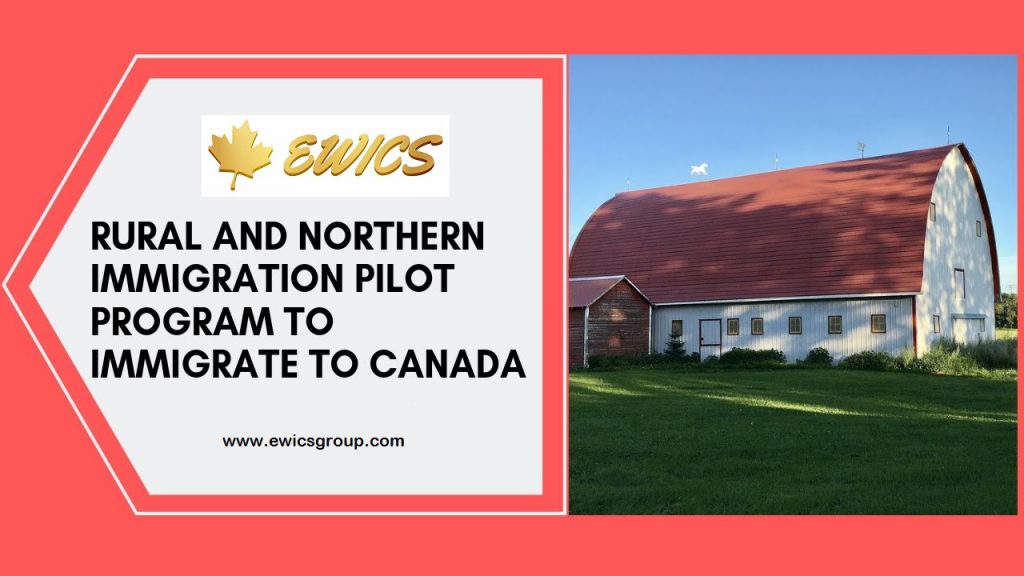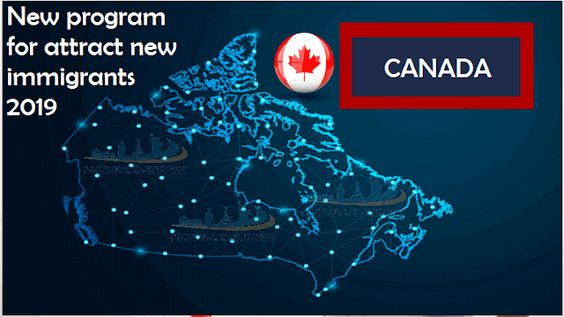What is the Rural and Northern Immigration Pilot?
The pilot helps smaller rural and northern communities attract and retain foreign skilled workers to meet their economic development and labour market needs.
The Rural and Northern Immigration Pilot is a community-driven program. It’s designed to spread the benefits of economic immigration to smaller communities by creating a path to permanent residence for skilled foreign workers who want to work and live in 1 of the participating communities.
Government of Canada partnering with these communities to test new approaches to:
- use immigration to help meet local labour market needs and support regional economic development
- create welcoming environments to support new immigrants staying in rural communities
This pilot will help increase long-term retention of skilled newcomers to rural areas by working with:
- community-based partners
- other federal government partners
- provincial and territorial governments
Permanent resident applications
It will begin accepting applications from eligible candidates in the fall of 2019.

GOAL
The Canadian Government is planning to have the hand to hand coordination with local communities. The pilot program has been launching with specific goals like
- Meet the need of local labor market.
- Regional economic development through immigration.
- Promote rural areas among immigrants to achieve permanent residency.
- Develop an infrastructure to support upcoming migrants to settle them into new environment.
THE CONCEPT
The Rural and Northern Immigration Pilot is been inherited from the successful Atlantic Immigration Pilot Program. AIPP has been launched in March 2017 and since then this program helps a lot to bring skilled migrants in the Atlantic province like New Brunswick, Newfoundland and Labrador, Nova Scotia and Prince Edward Island. According to the program each province can nominate 2500 individuals to fulfill the skill shortage. Due the program new entrepreneurs have started their business which generate good demand of jobs in the area which was economically underdeveloped previously.
PROGRAM OUTLINE
The IRCC has given timeline to interested communities to file their nomination till March 2019 for the program. The communities were looking for the application are in Ontario, Western Canada, all the territories and all the provinces except Quebec and Atlantic Provinces.
As per the guideline of IRCC, northern and rural communities with communities with 50,000 or lesser people or those places which are considered as remote cities by the Canadian Statistics can only be the part of the program. The nominated communities must have to prepare with the plan and do the partnership with economic development organization for the upcoming migrants.
A POSITIVE SIGN
The areas like Northern Ontario, some rural and northern areas of the country need be more developed to bring the economic and social benefits to the migrants for the migrants and from the migrants. On the other hand, natives and residential also need to feel comfortable that the upcoming migrants will be there to contribute to the region’s economy not to steal the opportunities.
All in all, the government has the positive stance toward the immigration with the economic growth-oriented goal for all Canadians.

Skilled workers
As a candidate, you need to find a job with an employer in 1 of the participating communities.
11 communities named under IRCC’s Rural and Northern Immigration Pilot Communities in Ontario and Canada’s Western provinces will serve as blueprint for rest of country
The Government of Canada has named 11 Canadian communities that have been selected to take part in its new Rural and Northern Immigration Pilot.
The pilot is designed to help smaller rural and remote communities attract foreign workers of various skill levels and provide them with permanent residence.
Canada’s rural communities employ over four million Canadians and account for almost 30 per cent of the national GDP, according to figures provided by Immigration, Refugees and Citizenship Canada (IRCC).
The pilot’s goal is to help these communities counter labour market shortages caused by declining birth rates, rising retirement rates and the out-migration of youth to more populated areas of Canada.
The 11 communities named on June 14 are located in Ontario, Manitoba, Saskatchewan, Alberta and British Columbia.
Ontario
- Thunder Bay
- Sault Ste. Marie
- Sudbury
- Timmins
- North Bay
Manitoba
- Gretna-Rhineland-Altona-Plum Coulee
- Brandon
Saskatchewan
- Moose Jaw
Alberta
- Claresholm
British Columbia
- West Kootenay
- Vernon
IRCC said the 11 communities were selected based on their economic needs and the presence of resources and community partners required to administer the pilot, and will serve as “a blueprint for the rest of the country.”
Each community will work with a local economic development organization to recruit and assess immigration candidates based on local economic needs and job openings and endorse the selected candidates for permanent residence.
The communities selected could be in a position to begin identifying immigration candidates as early as this fall and those selected are expected to begin arriving in Canada 2020.
IRCC said the federal criteria outlining who will be eligible to apply to the pilot will be made available later in 2019.

